
views
Caring For Your Furniture
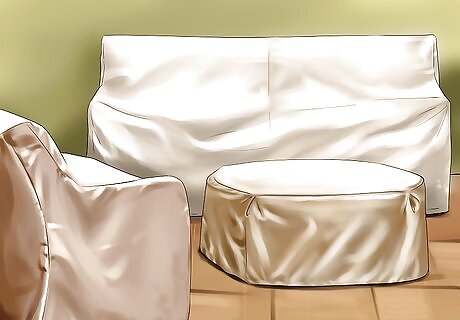
Use furniture covers. If you're mainly concerned that your furniture will become dirty or hairy from your cat, cover it with slipcovers. You can purchase a slipcover for couches, chairs, or recliners in a variety of colors and fabrics. Choose a fabric that you can easily wipe clean or toss in the washing machine. If you don't want to always keep a cover on the furniture, you can lay down a towel where your cat usually likes to rest. Just remove the towel and wash it every day or two.
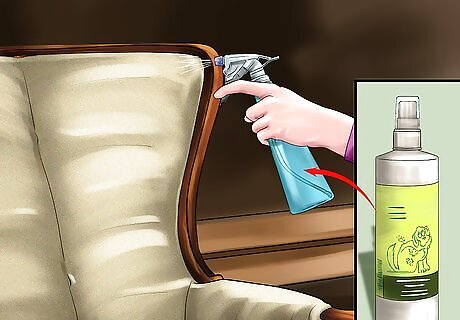
Spray a scent deterrent on the furniture. Buy a repellent spray that your cat doesn't like and spray it on the furniture that your cat usually scratches. You can purchase deterrent sprays at most pet stores. Follow the manufacturer's instructions to spray your furniture. You may need to reapply the scent deterrent once it begins to wear off.
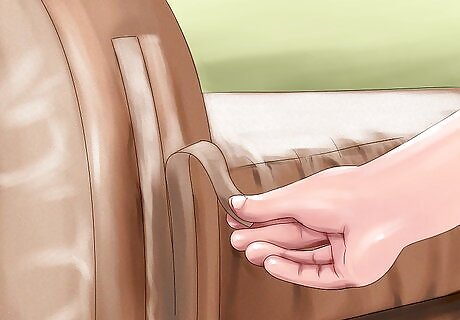
Lay double-sided tape on the furniture. Spread double-sided tape on places where your cat prefers to scratch. Your cat won't like the sticky feeling so should eventually stop scratching there. Most commercial double-sided tapes shouldn't leave a sticky residue on your furniture. If you'd rather startle your cat than apply sticky tape, tape a few balloons in places where your cat usually scratches. When your cat goes to scratch, it will pop a balloon. The surprise may stop your cat from scratching.
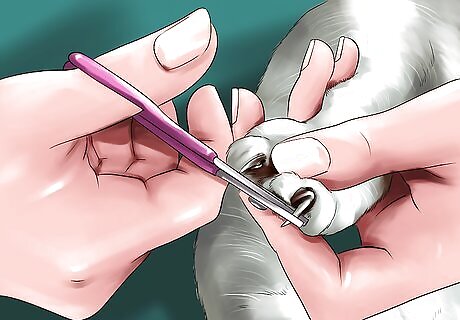
Trim your cat's claws. Keep your cat's claws clipped close (but not too close) so its nails are dull and won't do as much damage if it scratches the furniture. If your cat resists clipping, try wrapping it in a towel while you trim or get the nails professionally trimmed.
Training Your Cat
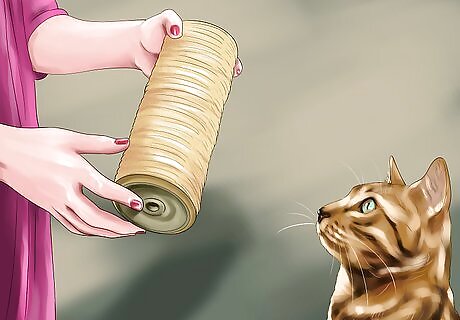
Offer your cat a scratching area. If your cat likes to claw, place a sisal scratching post next to the place it usually scratches. Your cat might prefer this rough, natural fiber as long as the post is solid and won't tip over. If your cat likes to scratch wooden legs of your furniture, use a cedar scratching post. Or if your cat prefers to scratch the soft upholstery of furniture, set out a carpeted scratching post. Be sure to place your cat's scratching furniture in an area where they like to scratch. If, for example, they like scratching on your sofa in the living room, put a scratching post in the living room.
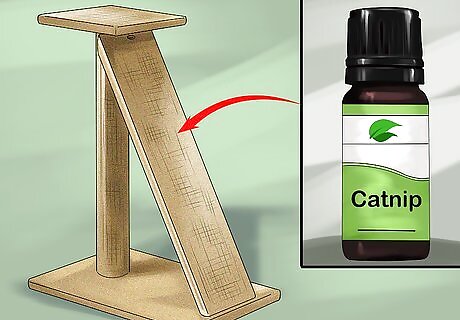
Encourage your cat to use the scratching area. Rub a little catnip on the scratching posts to attract your cat to them. You might need to occasionally add more catnip to keep your cat interested. You may want to set up more than one post or scratching space in your house, especially if your cat likes to scratch several pieces of furniture. Try to place them in a variety of places so your cat can choose when and where to scratch. Take note of the type of scratching your cat likes to do. If, for example, they like to get on their hind legs and scratch up high, they probably won't use a low-laying scratching pad. Instead, opt for a taller scratching post.

Reward your cat for good behavior. As soon as you notice your cat using the scratching post instead of the furniture, reinforce the good behavior. Give your cat verbal praise or put a treat at the base of the post. Or you could give your cat a few belly rubs. For example, when you see your cat scratching the post say, "Good cat!" in a friendly tone and rub it behind its ears or give it a treat.

Say "no" and be consistent with training. If you see your cat scratching the furniture instead of the post, make a loud noise (like clapping) to startle them. Remove them from the furniture and firmly say "no." Do this every time you see your cat scratching the furniture. Don't yell or get angry at your cat. Remember that cats need to scratch in order to keep their nails trimmed. It's also a way that they communicate with other cats.
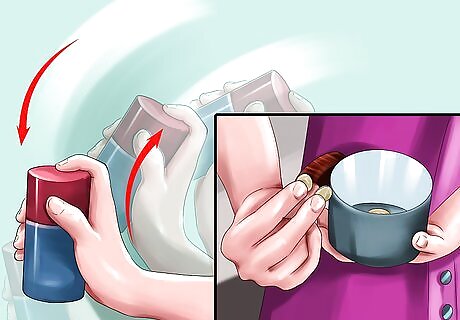
Startle your cat if you see undesirable behaviors. Some cats may keep scratching furniture even if you tell them no and remove them. Try startling your cat every time you see it misbehaving. For example, if your cat jumps up onto a couch where you don't want it, walk towards your cat while shaking a can that contains a few pennies. Keep in mind that this typically only stops your cat from scratching when you are around. You will need to combine this with other deterrents for bad behavior and rewards for good behavior to ensure overall success.

Keep your cat active. Cats are more likely to scratch on furniture if they're bored or need attention. Spend time playing with your cat. Staying active and entertained can reduce misbehavior. For example, you could dangle ribbons on a stick, toss small balls or toys to your cat, or hide treats in puzzle balls for it to find. Consider setting up a play area for your cat that includes items it can scratch. For example, buy an indoor play tree that has a scratching post. Place this near your cat's favorite furniture or by a window so it can look outside.
















Comments
0 comment